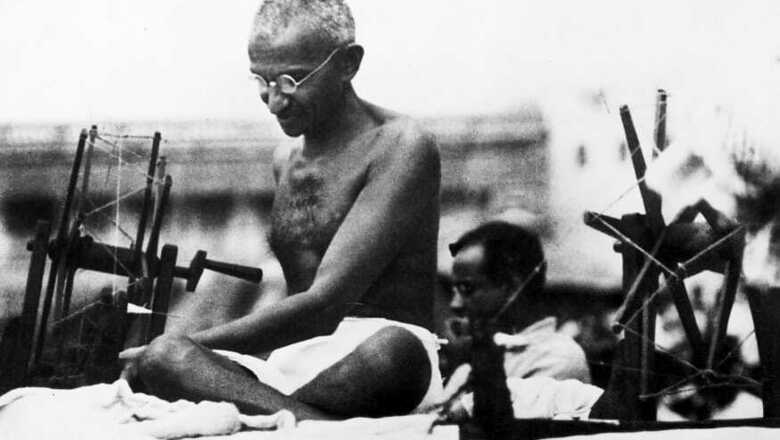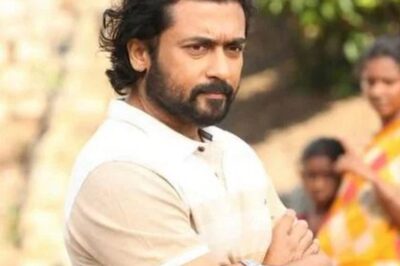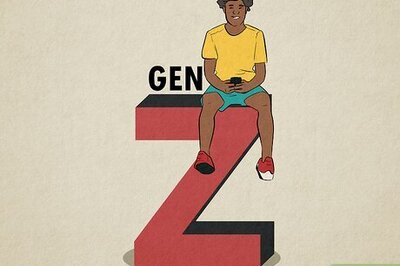
views
In December 1916, Mahatma Gandhi was approached by a man from Champaran with a request to fight British indigo planters there. Gandhi was not sure about the project. He did not know about the exploitative indigo cultivation. Nor had he even heard about the place. He eventually agreed to visit Champaran but only for two days.
A resistance movement had shaped up in Champaran well before Gandhi arrived there. This movement had leaders in charge of building the organisation, of getting muscle power, of disseminating information about British excesses to the outside world, and of drawing attention of national leaders to the oppression in Champaran.
Lomraj Singh was responsible for building the organization to lead the resistance. When Gandhi was picked up by police and presented before the local court for defying the British order to leave Champaran, it was Singh who mobilised 10,000 villagers outside the court within a few hours.
So angry and agitated were the villagers, who did not even know what Gandhi looked like, that they began to attack the court. The magistrate then had to relent and request Gandhi to pacify the crowd.
Militant support of this wing was provided by an upper class Muslim named Sheikh Gulab. He was responsible for instilling fear in the hearts of the British indigo planters through his ragtag militia.
The biggest indigo planter of the region, one Mr Irwin, had once invited Gandhi to his bungalow. When the talks failed, Irwin asked his cook Battakh Miyan to poison Gandhi’s food. But Miyan couldn’t convince himself of being part of a ploy to kill this saint-like figure. He went to Gandhi and told him about Irwin’s intentions.
Miyan paid a heavy price for it. His family members were butchered, his house was destroyed, and he himself was jailed and tortured. But Miyan saved life of Gandhi much before he became famous as father of the nation.
These resistance leaders used to meet secretively in tribal villages of Tharuhat region, far beyond the reach of British intelligence. The tribals used to take care of their resistance leaders knowing fully well the price they would have to pay if British got to know about the hideouts.
Talking about the British intelligence, there are declassified British intel reports between 1915 and 1916 in which several alerts have been reported from local sources talking about Gandhi’s possible visit to Champaran. This begs the question, if Gandhi himself was told about Champaran only in 1917, then where did these reports come from?
The answer is that these reports were being tapped from their sources in Arya Samaj. One Arya Samaj sadhu called Jamunanand was found to be going from village to village in Champaran, talking about a ‘chamatkaari baba’ sent from heavens to rescue them from the British, whose name was Mahatma Gandhi.
This is how Gandhi was able to create an impact in Champaran. This is how he was able to, with the help of Rajendra Prasad and a few other lawyers, get detailed, signed testimonials from 13,000 villagers about the illegal taxes levied on them. And getting so many oppressed farmers to speak openly against the British Raj was not really an easy task.
Gandhi eventually was able to rid the local farmers from illegal taxes like abwab, harja, tawan, sharavesi, and had the infamous tinkathiya system — in which farmers had to devote one-thirds of their farmland to cultivating indigo — abolished.
It is due to the valour of hundreds of unnamed and forgotten heroes of Champaran that mass struggles and independence movement in India led by Gandhi were advanced by a full three years.
And it is for this reason that when India gets together to celebrate a hundred years of the Champaran movement on April 15, it shouldn’t forget the hundreds of other people, apart from Gandhi, who made it possible.
Madhuker Upadhyay is a senior journalist and has authored several books on Gandhi
(As told to Suhas Munshi)

















Comments
0 comment